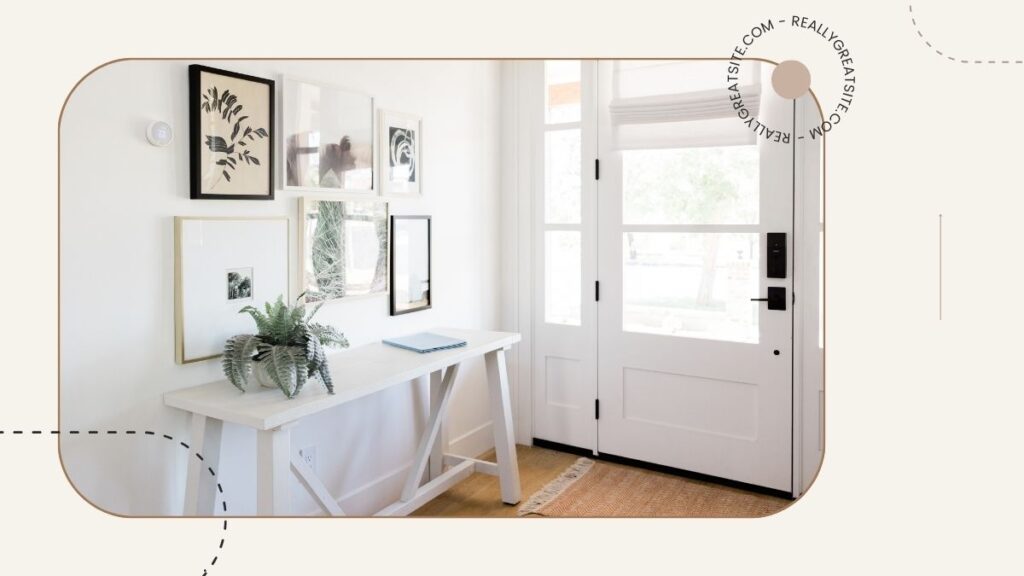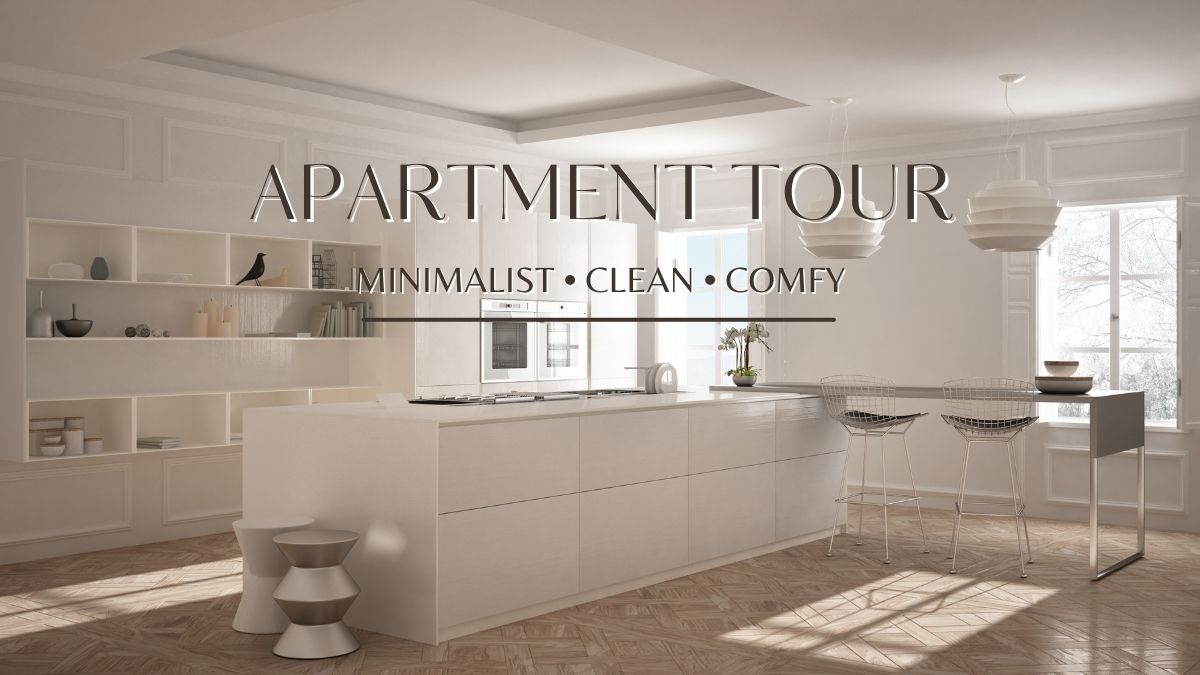Carport Ideas Attached to House is an excellent addition to any home. They provide convenient and protected parking while enhancing the overall aesthetics of your property. When designed thoughtfully, an attached carport can offer several benefits, such as shelter from the elements, additional storage space, and even areas for hobbies or workshops.
This article will explore planning and designing an attached carport, carport design ideas, and tips for successful construction and maintenance.
Planning and Designing an Attached Carport
Before embarking on the journey of constructing an attached carport, you must take the time to plan and design it properly. This involves assessing available space, determining the carport’s dimensions, and considering architectural style and local regulations.
Assessing Available Space and Property Layout
The first step in planning your attached carport is to assess your property’s available space and layout. The carport’s location should allow easy access to and from the driveway while maintaining a seamless connection with the house. Consideration should also be given to how the carport’s presence will impact the surrounding environment and landscape.
Selecting Carport Dimensions and Capacity
The size and capacity of your carport will depend on your specific needs. Think about the number and size of vehicles you need to accommodate and any extra space you may require for storage or a workshop area. You should also factor in clearance heights for larger vehicles such as SUVs or trucks.
Architectural Style and Aesthetics
The carport’s design should complement the existing architectural style to create a cohesive and visually appealing addition to your home. This includes choosing materials, finishes, and colors that match the house. Paying attention to the carport’s roof style is essential, as it can significantly influence the overall appearance and functionality.
Compliance with Zoning Laws and Permits
Before starting construction, it’s important to research local building codes and zoning laws that apply to your area. These regulations may dictate the carport’s placement, size, and materials. Obtaining the necessary permits is a must to ensure the project meets legal requirements and avoids potential issues down the road.
Carport Design Ideas
When designing an attached carport, several options must be considered. These include choosing between open and enclosed designs, selecting the appropriate roof style and materials, and incorporating lighting and electrical considerations.
Open vs. Enclosed Designs
One of the primary design choices for an attached carport is whether to opt for an open or enclosed structure.
Open Carport Designs: Open carports are typically more cost-effective and allow for better ventilation and visibility. These designs are often chosen for their simplicity and ease of construction.
Enclosed Carport Designs: Enclosed carports offer added protection and privacy, making them an attractive option for those looking to secure their vehicles from the elements and potential theft.
Roof Styles and Materials
The roof style you choose for your carport can significantly impact its appearance and performance.
Flat Roof: A flat roof offers a sleek and modern look, making it a popular choice for contemporary homes. However, proper drainage must be ensured to avoid water pooling.
Gable Roof: Gable roofs provide a classic and timeless aesthetic, blending well with many architectural styles. This roof style also allows for efficient water drainage.
Hip Roof: A hip roof adds elegance and visual appeal, featuring sloping sides that converge at the top. This design offers stability and excellent wind resistance.
Matching Roof Materials with the House: To create a cohesive appearance, consider using the same roofing materials as your home.
Materials for the Carport Structure
The choice of materials for your carport structure will impact its durability and maintenance requirements.
Wood: Wood is a versatile and aesthetically pleasing option, offering a natural and warm appearance. However, it requires regular maintenance to protect against moisture and pests.
Metal: Metal, such as steel or aluminum, is a durable and low-maintenance choice. It can provide a sleek, modern look and offers excellent weather resistance.
Other Structural Materials: Depending on your preferences and budget, you may explore options like vinyl or composite materials.
Lighting and Electrical Considerations
Adding lighting and electrical options can enhance the functionality and safety of your attached carport.
Adequate Lighting: Proper lighting is essential for safety, especially at night. Consider installing motion sensor lights for convenience and energy efficiency.
Electrical Outlets and Charging Stations: Incorporate electrical outlets for power tools or charging electric vehicles—plan for appropriate placement to avoid potential hazards.

Additional Features and Customization
To maximize the utility and appeal of your attached carport, you may want to explore additional features and customization options.
Storage Options and Built-in Cabinets
Integrating storage solutions into your carport can help you maximize the space.
Wall Storage: Utilize the walls for hanging tools, bicycles, or other equipment.
Ceiling Storage: Install overhead storage racks for oversized items you rarely use.
Built-in Cabinets: Consider adding cabinets or shelves to organize smaller items and keep them out of sight.
Landscaping and Design Integration
Incorporating landscaping around your carport can enhance its aesthetics and help it blend seamlessly with your property.
Use of Plants and Greenery: Adding shrubs, vines, or flower beds around the carport can soften its appearance and provide privacy.
Hardscaping Elements: Use pavers, stones, or other hardscaping materials to create a pathway or border around the carport.
Security and Safety Features
Enhancing security and safety features can protect your vehicles and improve your overall experience.
Security Cameras and Alarms: Install cameras and alarms to monitor the carport and deter potential theft.
Fire Safety Measures: Keep a fire extinguisher nearby and ensure proper ventilation to reduce fire risk.
Tips for Building and Maintaining an Attached Carport
Building and maintaining an attached carport requires careful planning and attention to detail.
Working with Professionals and Contractors
Collaborating with experienced contractors can help ensure the successful construction of your carport.
Hiring Experienced Contractors: Work with professionals specializing in carport construction and understanding local regulations.
Collaborating with Architects and Designers: Consult with architects or designers to create a carport that complements your home and meets your needs.
Maintenance and Upkeep
Regular maintenance is crucial for keeping your carport in good condition.
Regular Cleaning and Inspections: Clean your carport regularly to prevent debris buildup and inspect for signs of wear or damage.
Addressing Repairs and Wear Over Time: Address issues promptly to prevent further damage and extend the life of your carport.
Conclusion
Adding an attached carport to your home is a practical and visually appealing way to enhance your property’s value and functionality. Planning your carport carefully, choosing suitable materials and designs, and exploring customization options allow you to create a space that meets your needs while seamlessly blending with your home.
Remember to work with experienced professionals for construction and maintenance and stay up-to-date with local regulations. With thoughtful planning and design, your attached carport can become a valuable asset to your home, providing shelter for your vehicles and a stylish addition to your property.
